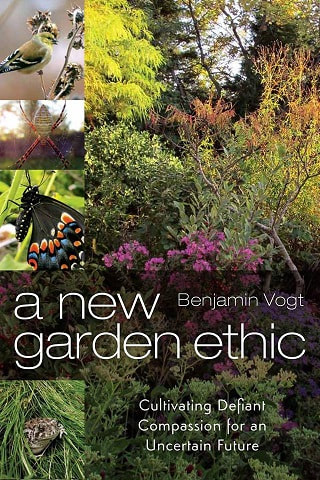2) Then I ask point blank: what plants do you want to keep, what plants are you fine seeing removed. This step is fun because it gives us a chance to think big and dream (and it reminds me of those weekends when, as a kid, my mom came into our rooms and closets with a trash bag and said "let's get cracking"). Often the plants that stay have sentimental value, provide a specific aesthetic experience the client values, or is a behaved species that doesn't have to go right now (even if it's not doing much for wildlife). On the other hand, plants that can go often look worse as the summer progresses, have little interest for humans and wildlife, or are aggressive.
3) If we're removing plants the garden design and install process may take longer. This isn't the case for shrubs and trees that can be cut down and ground up, but for aggressive species or weedy areas it often is the case. For older gardens that have gotten out of control, it can be beneficial to spend an entire growing season (mid spring to mid fall) continually removing unwanted plants. What this means is we may be pulling or spraying, allowing seeds to germinate again and again over months to exhaust the seed back in the soil so maintenance after install is a little easier. (Some plants with underground root stores can only be killed with spraying, so be prepared for the means justifying the ends.) Weeding the first year after install is the #1 issue for any new garden, and if we can keep on it then -- and even curtail it before -- we are doing ourselves and the new plants a big favor.
5) Speaking of drainage and soil, there's also other site conditions to consider, especially when older plants are removed. Erased trees or shrubs may create new growing conditions -- think sunlight and water availability in the soil -- which changes our plant pallet. Even the removal of aggressive species plays a role, as well as if we leave those species in place because we'll want to choose aggressive natives that can hopefully better compete with the in-situ plants.
There will always be other aspects that crop up during a site visit as well as when the project develops, but this should help you think about where you want to go and what the process will be whether you work with a designer or DIY the garden.




 RSS Feed
RSS Feed

